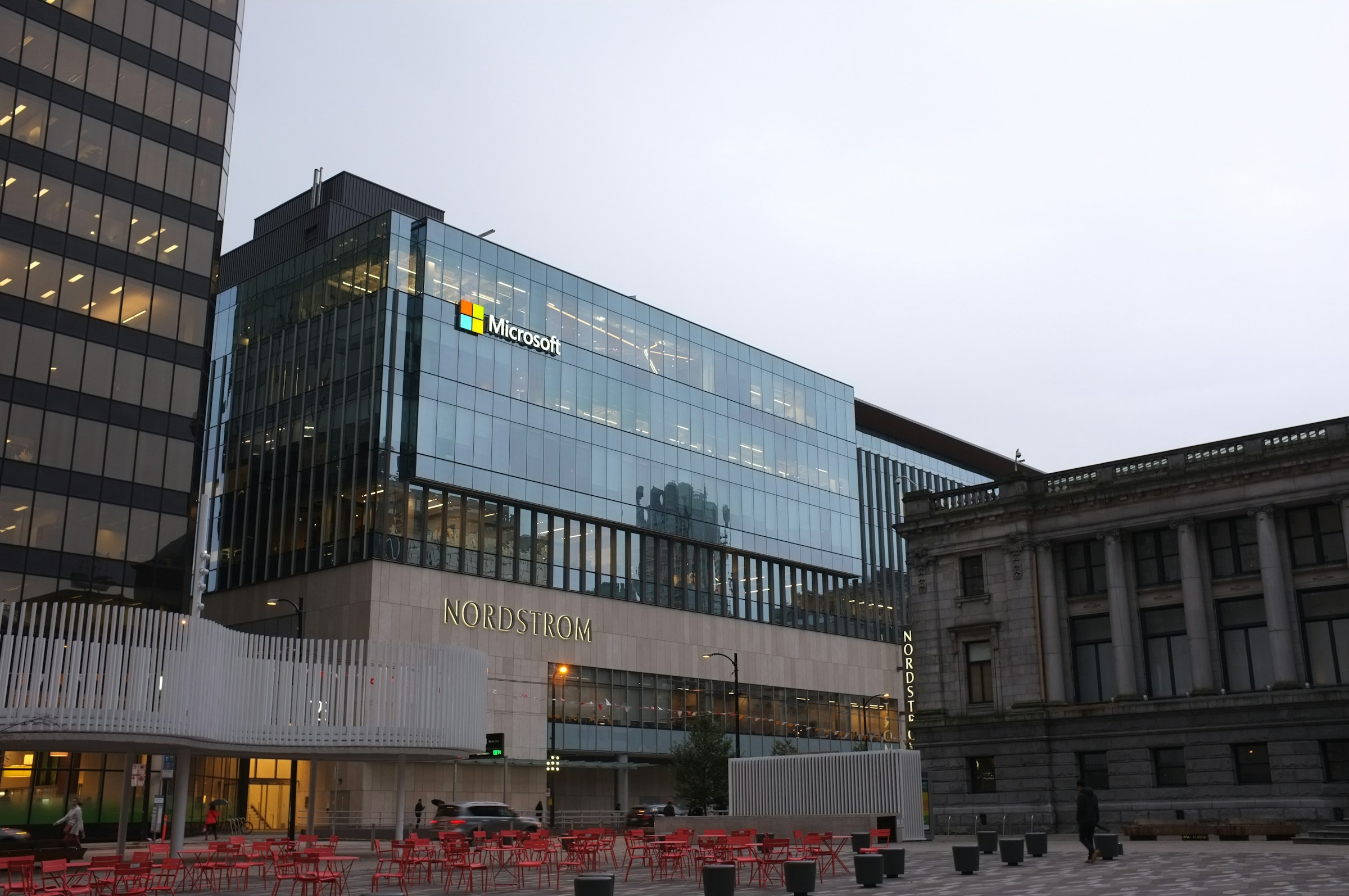Microsoft Investigating Employees After Gaza Protest is not a standalone headline. It is a signal that the world’s most valuable software vendor is running into a predictable collision of workplace activism, physical security, and enterprise trust. After a group of current and former staff affiliated with No Azure for Apartheid entered Building 34 and occupied president Brad Smith’s office, Microsoft briefly locked down the facility, police made arrests, and the company opened investigations that could lead to discipline for employees involved.
The operational facts matter. Protesters live streamed the sit in, chanted, and displayed banners from the executive area. Redmond responded with a temporary building lockdown and law enforcement coordination that ended in arrests. Reports indicate seven arrests tied to the office occupation on August 26, layering on top of earlier protests that drew at least 18 arrests the prior week.
Microsoft’s management is framing the breach as conduct outside acceptable channels. Smith has emphasized that internal dissent should route through official mechanisms. The company says it has reviewed its Israel related work, characterizes the primary engagements as cybersecurity, and maintains that its terms prohibit misuse of its services. At the same time it is investigating the employees who participated, a step that elevates the event from PR incident to compliance case.
There is also a security and intelligence layer that is unusual for standard corporate disputes. Microsoft confirmed outreach to federal authorities to anticipate and manage disruptions. That reflects a heightened threat model that now extends beyond conference perimeters to executive residences and office suites. When a vendor’s executives and campuses become targets, security posture becomes part of the enterprise offer, not just an internal line item.
For a platform company, the tension is straightforward. Employee voice is a cultural asset in peacetime. It becomes an operational risk once it triggers physical breach, livestreamed disruption, and forced lockdown. The moment a protest crosses a badge reader and reaches a named executive office, the narrative shifts from speech to access control. That is why the firm’s response blends HR procedure with law enforcement coordination and why the company is keen to underline that there are official channels for objections to government contracts.
The product model is implicated too. Microsoft sells trust. Azure depends on compliance credibility with regulated buyers, including governments, defense adjacent agencies, and critical infrastructure operators. If buyers perceive that internal dissent can escalate into operational disruptions, sales teams feel it in procurement cycles, security questionnaires, and executive briefings. The lock on the door becomes a metaphor for the lock on the roadmap. Customers start to ask whether the vendor can guarantee continuity under protest pressure.
Look at the cost stack. Event security already tightened after earlier demonstrations at Microsoft’s own developer conference. Now the firm must harden executive area access, invest in protest monitoring, and prepare rapid response for campus incidents. Those are not one off expenses. They recur, and they compound with legal review, crisis communications, and potential litigation. In a platform P&L, these show up as governance overhead that does not produce new product but protects existing margin.
There is also the policy narrative. The protesters argue Azure enables surveillance or targeting by Israeli authorities, pointing to investigative reporting and demanding contract exits. Microsoft counters that its work is primarily defensive cybersecurity and says investigations have not shown direct harm from its technology. The delta between those positions is where reputational risk lives. When the story is contested, risk migrates from technical truth to stakeholder belief, and belief is what regulators, institutional clients, and talent markets react to first.
Founders and product leaders should read this less as a culture war and more as a systems lesson. If you sell trust, you must design for dissent. That means codified internal channels with response SLAs, clear thresholds for when physical security takes precedence over internal dialogue, and pre negotiated stances on sensitive contracts that can be communicated without drift. It also means mapping how a single security failure at a flagship campus propagates through customer pipelines, from SOC 2 narratives to board risk registers.
What makes the Microsoft episode distinct is the breach of an executive office and the speed of the livestream. In a world where every protest is also a broadcast, campus architecture is now part of the communications strategy. Glass walls and open plans read well for recruiting. They perform poorly when the camera arrives first. The long term adaptation will not be the end of employee speech. It will be the quiet redesign of executive zones, credentialing, and event perimeters, plus the normalization of coordination with federal and local authorities during periods of heightened risk.
Microsoft will close its investigations and decide on discipline. It will continue reviewing sensitive contracts and defending the guardrails around its cloud. The larger signal for operators is simple. Governance is a product feature. The companies that scale through tension are the ones that treat security, speech, and compliance as a single integrated system rather than three separate fire drills. Markets will watch the fallout. Enterprise buyers already have.















.jpg&w=3840&q=75)